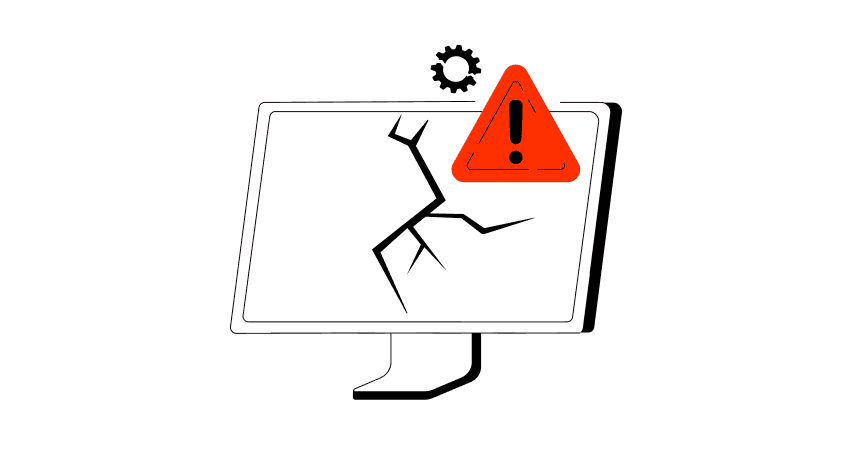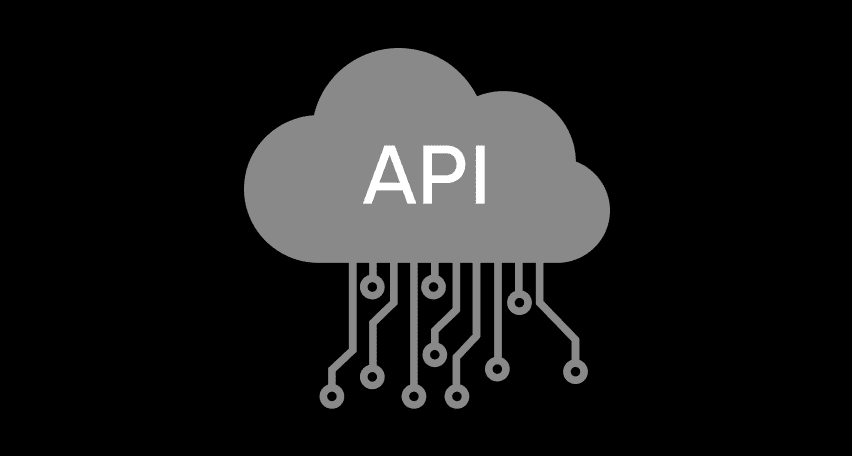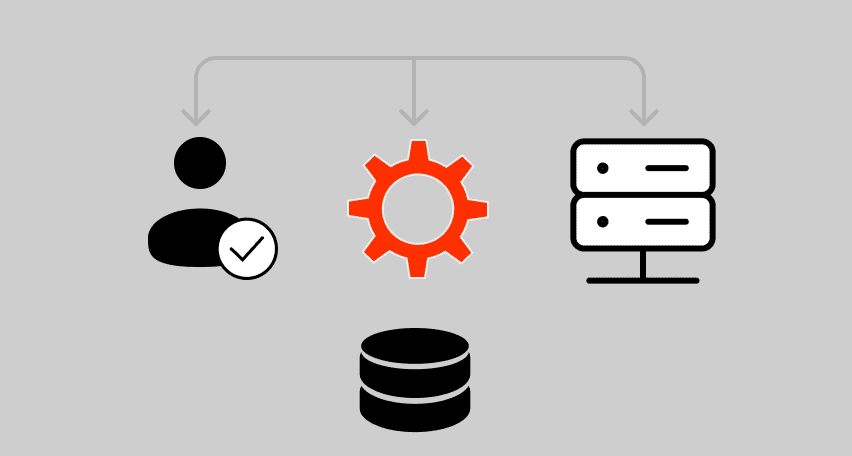The PFLB team is happy to share the good news. We have passed the SOC 2 compliance accreditation. It means we can assure our clients that our cooperation will be entirely secure.
What Is SOC?
Introduced by the American Institute of CPAs (AICPA), SOC, or Service Organization Control, is a cybersecurity series of reports made during data processing services audits. It evaluates the efficiency of an organization’s information management. The main SOC report types include SOC 1, SOC 2, and SOC 3.
In a few words, SOC 1 focuses on internal controls for financial statements and reporting. SOC 2 — on internal controls for the five Trust Services Criteria like security, confidentiality, processing Integrity, privacy, and availability of customer data. SOC 3 can be briefly defined as SOC 2 results adapted to a public audience.
What Is a SOC 2 Report?
In 2011, the AICPA introduced SOC 2, or Service Organization Control 2. It assures the security, availability, processing integrity, confidentiality, and privacy of an organization’s systems and Information. In 2014, these aspects became the Trust Service Criteria (TSC).
SOC 2 reports help companies to maintain both security and efficiency. SOC 2 compliance proves that an organization has robust security control and can protect sensitive data. Also, a successfully passed SOC 2 audit verifies that a company treats its client’s data seriously.
What Does It Mean for Our Clients?
PFLB has proved its compliance with SOC 2, which confirms that we provide you with efficient services and the highest level of security. We can manage sensitive data, protect your privacy, and guarantee no breaches. With PFLB, no data will be lost or disclosed. You can rely on our solutions.
Related insights in blog articles
11 API Failure Causes and How To Solve Them

When an API fails, the consequences ripple quickly through the entire system. Transactions stall, integrations break, and frustrated users flood your support channels. Understanding exactly why API failures happen — and how to fix them — is essential for developers and businesses alike. This article examines the most common reasons behind API failures, explores the […]
API Mocking: A Complete Guide

Waiting for APIs to become available or stable can slow down entire projects. API mocking provides a smart way to avoid these roadblocks by simulating real API responses, keeping your teams productive and ensuring smoother integration down the line. In this guide, you’ll discover exactly what API mocking involves, how it differs from using real […]
API Endpoint: A Complete Guide

Modern applications rely heavily on APIs (Application Programming Interfaces) to communicate and exchange data across different systems. At the heart of this interaction lies the API endpoint — a fundamental concept that defines where and how data exchanges happen. This guide explains clearly what an API endpoint is, outlines its importance, and provides practical insights […]
gRPC vs. REST: Detailed Comparison

Choosing between gRPC and REST can feel confusing, especially if you’re trying to figure out the best way for your applications to communicate. This article breaks down the grpc vs rest comparison clearly, without jargon or confusion. You’ll learn exactly what each protocol is, the advantages and disadvantages of each, and understand why gRPC is […]
Be the first one to know
We’ll send you a monthly e-mail with all the useful insights that we will have found and analyzed
People love to read
Explore the most popular articles we’ve written so far
- Top 10 Online Load Testing Tools for 2025 May 19, 2025
- Cloud-based Testing: Key Benefits, Features & Types Dec 5, 2024
- Benefits of Performance Testing for Businesses Sep 4, 2024
- Android vs iOS App Performance Testing: What’s the Difference? Dec 9, 2022
- How to Save Money on Performance Testing? Dec 5, 2022
